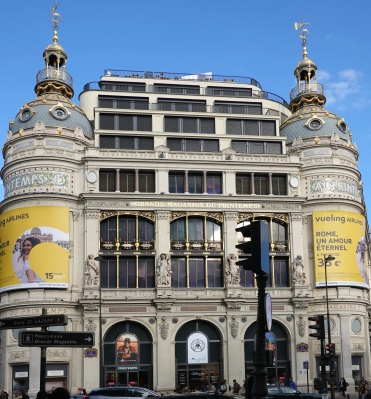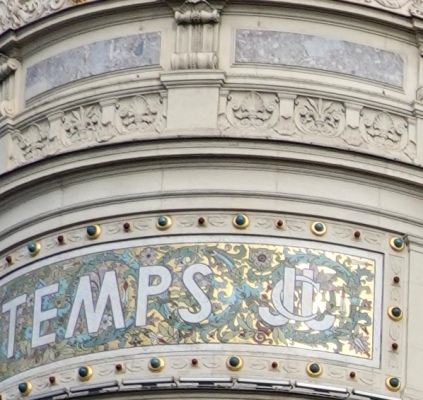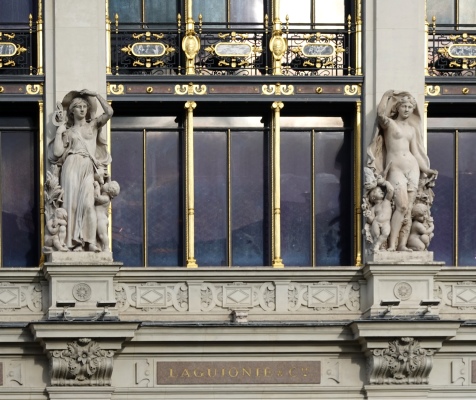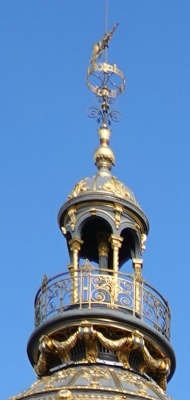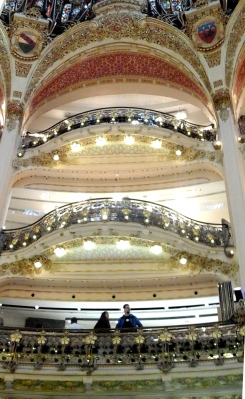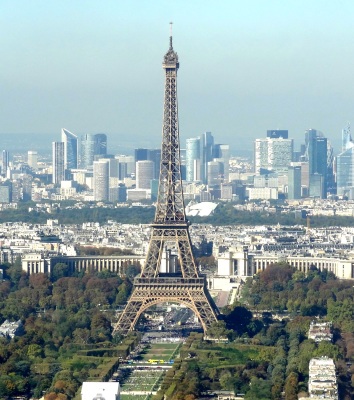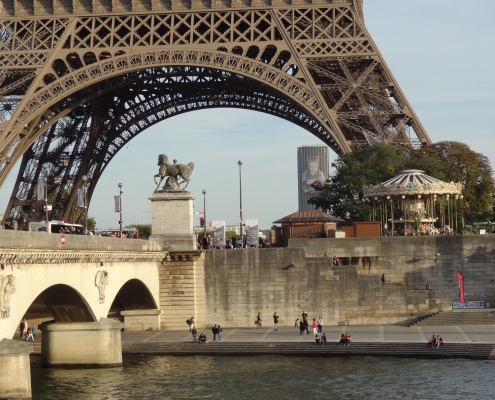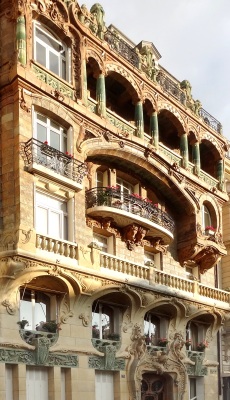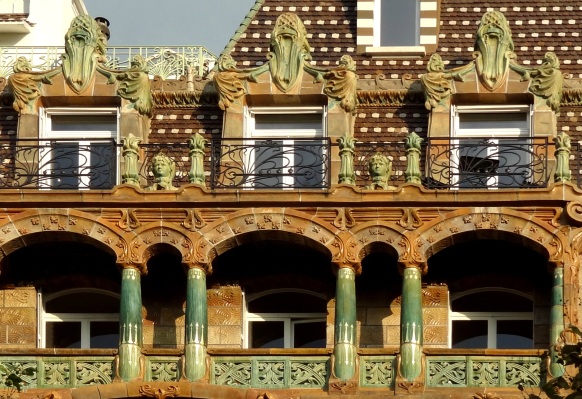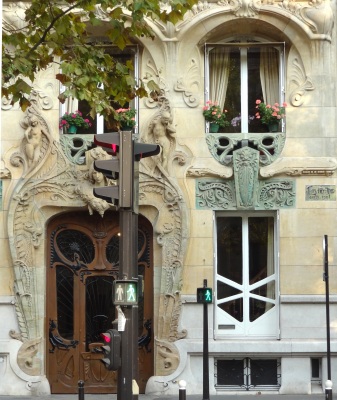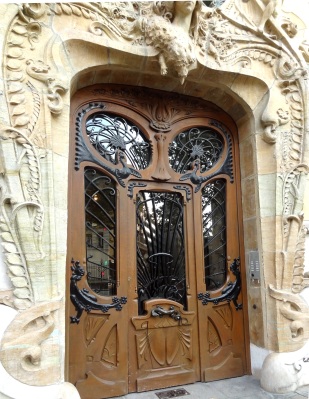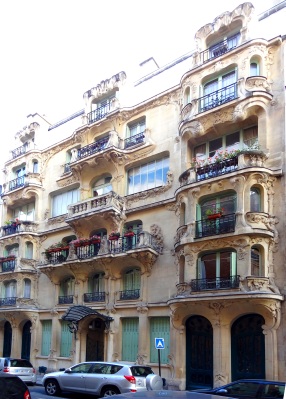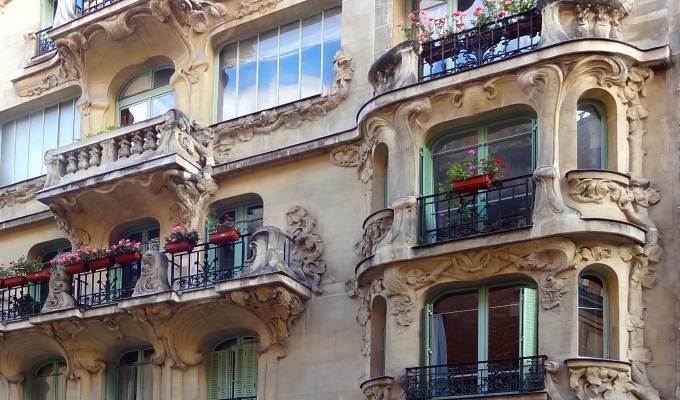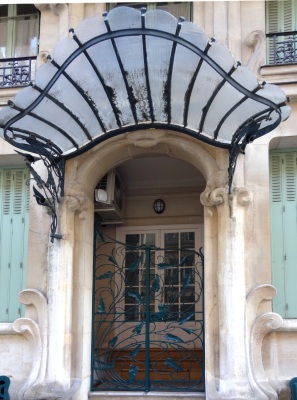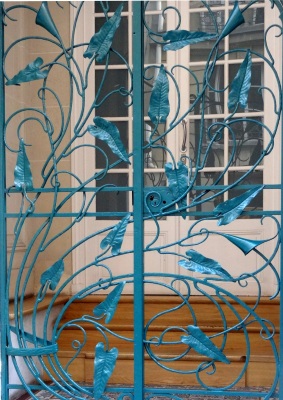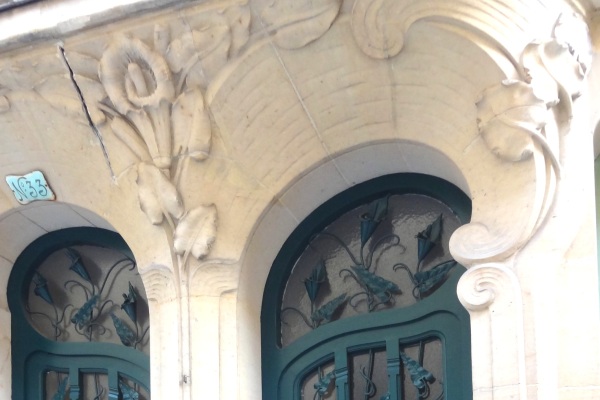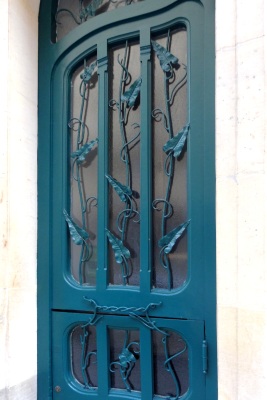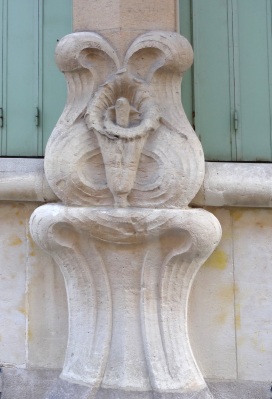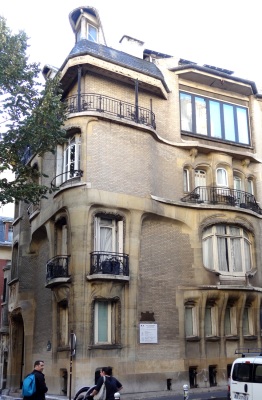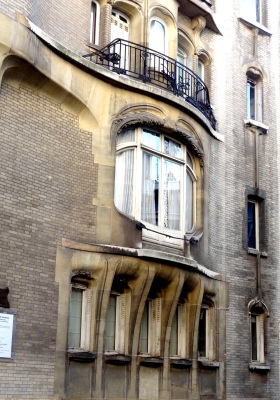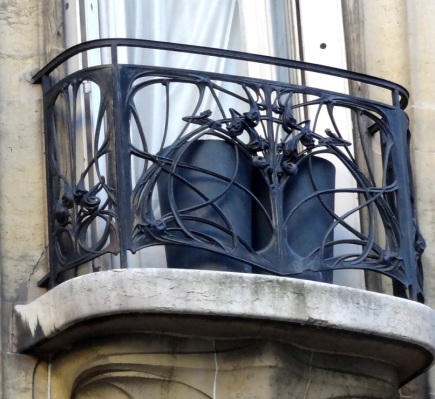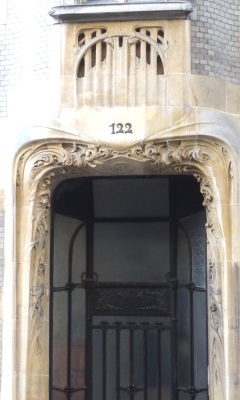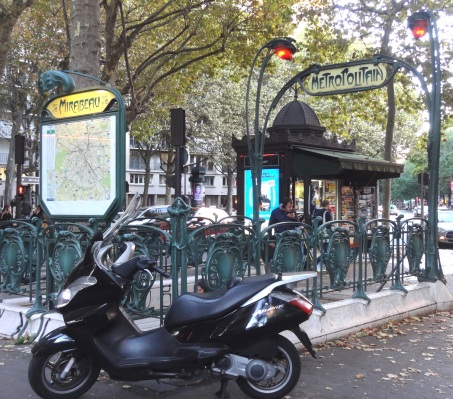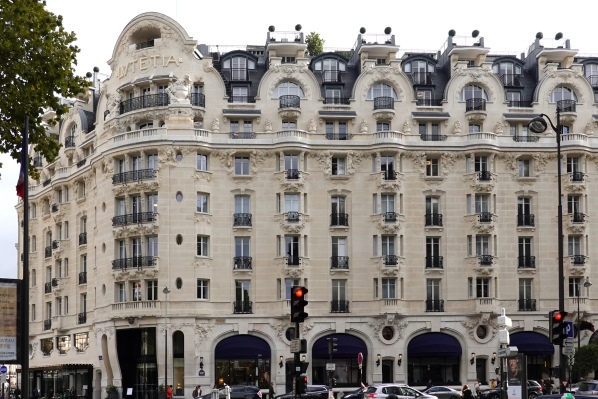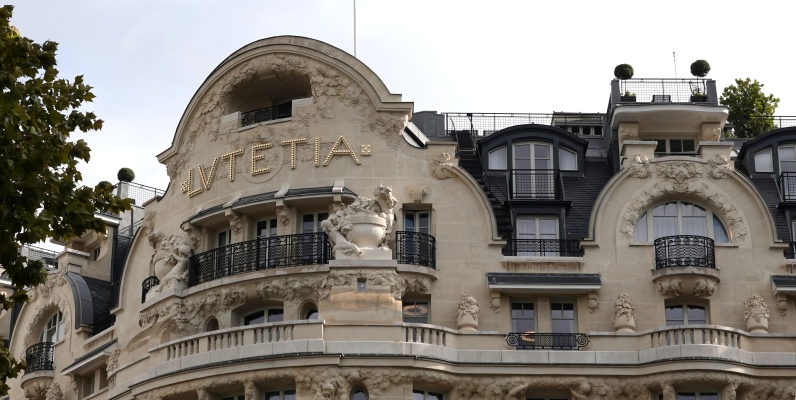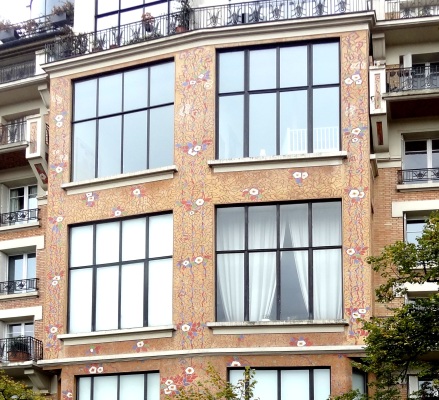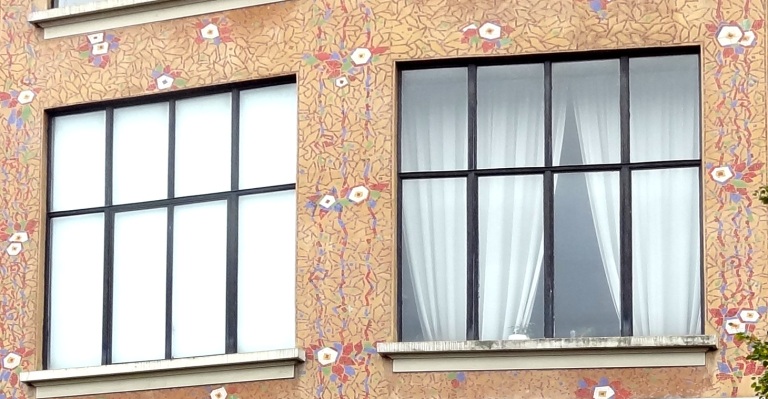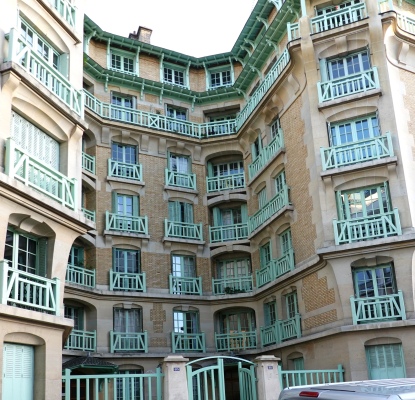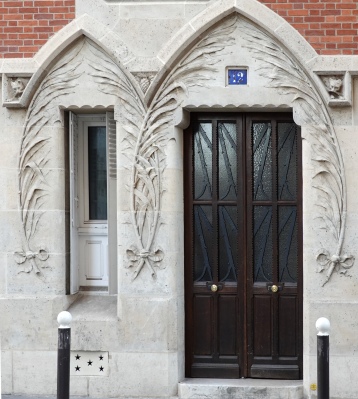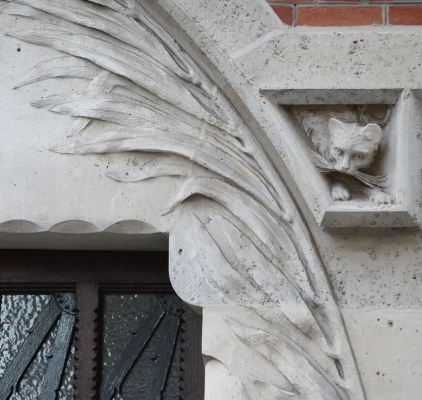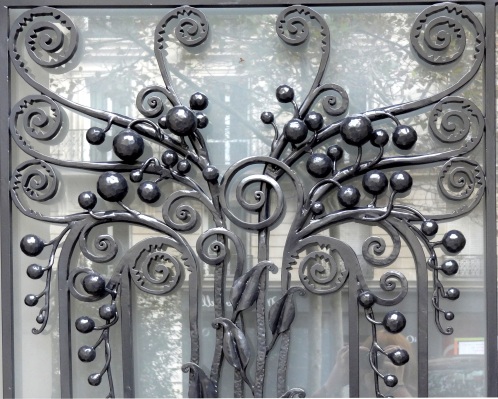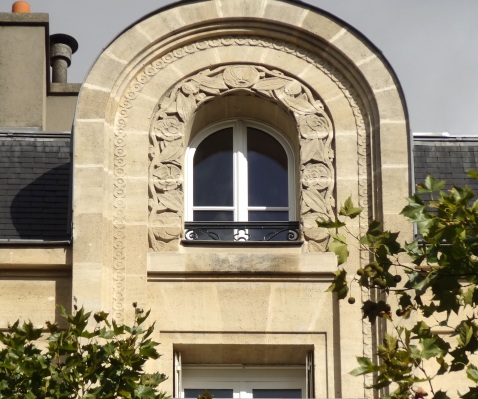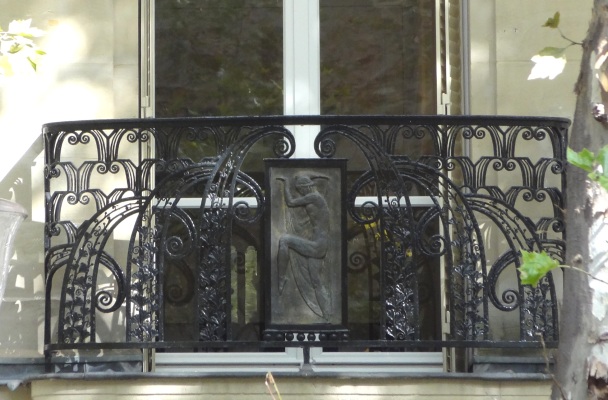
Tuileries, Plantes, Monceau
Jardin des Tuileries
Aristide Maillol’s sculptures of female nudes, some of them allegorical: treasures of the Jardin des Tuileries.
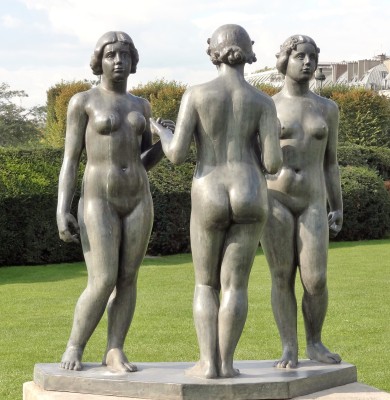
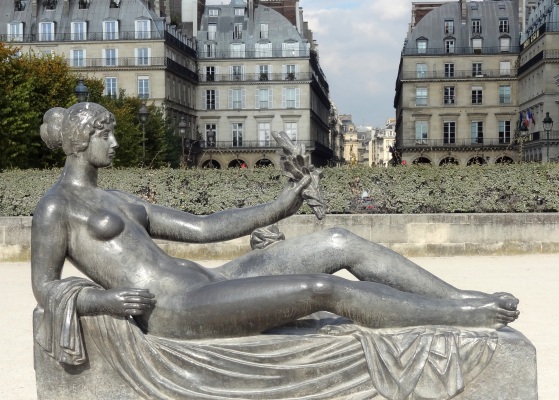
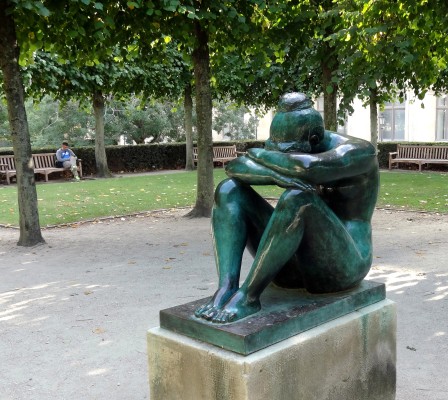
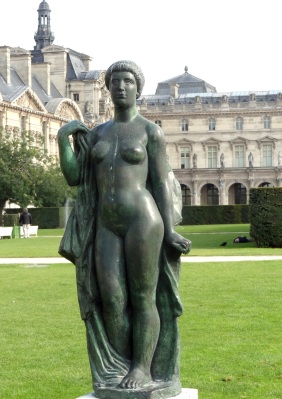
Gaston Lachaise’s fertility goddess who can also whup your ass.
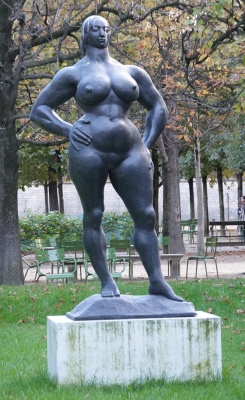
A Dubuffet masquerader:
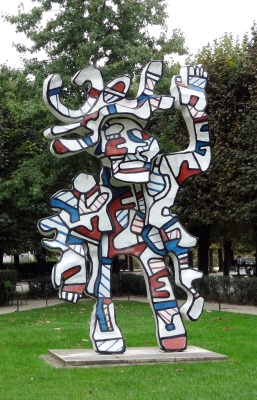
The Sons of Cain by Paul Landowski:
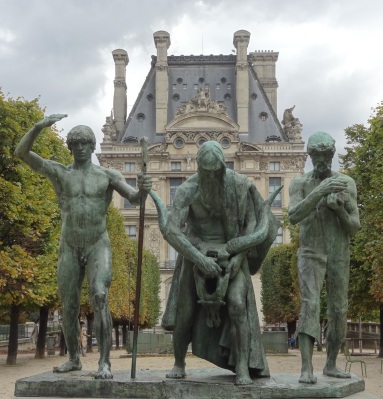
I braved the dust of the Tuileries to check out Statues Die Too, three totemic sculptures in limestone:
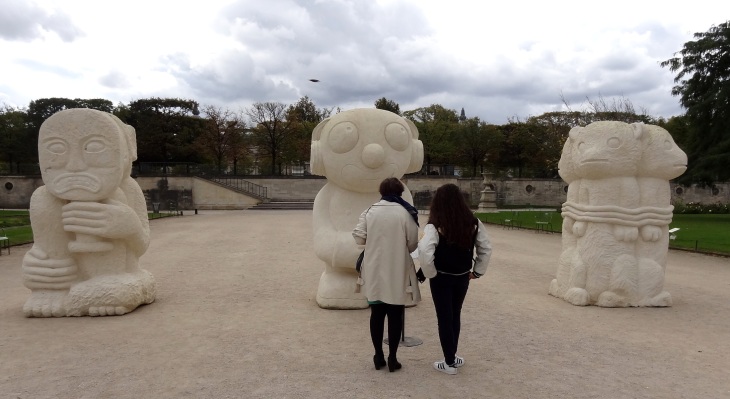
The Vowel Tree momentarily fooled me. How will I view it next time?

Jardin des Plantes
Comte de Buffon, French naturalist, greets you at the entrance to the gardens:
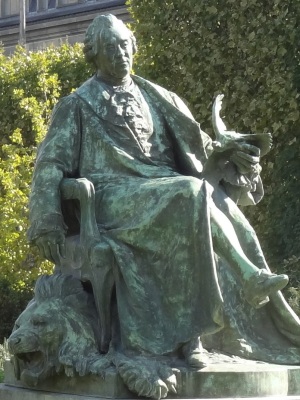
Buffon’s chair leg pins down an anguished lion rug:
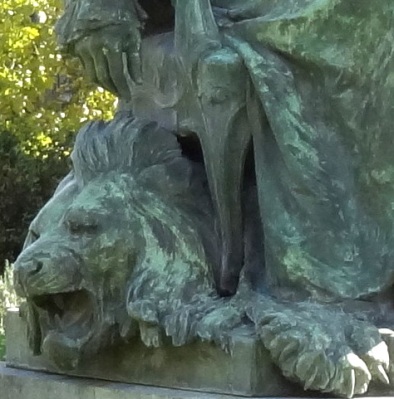
One of the greenhouses of the Jardin des Plantes:
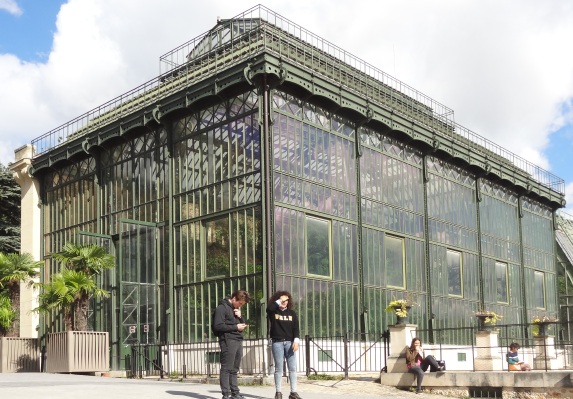
The flower beds of Jardin des Plantes are groomed by a small army of gardeners who regularly snip spent blooms. A company called Nova Flore Jardin produces new varieties, such as the dahlia below dubbed “French Cancan”:
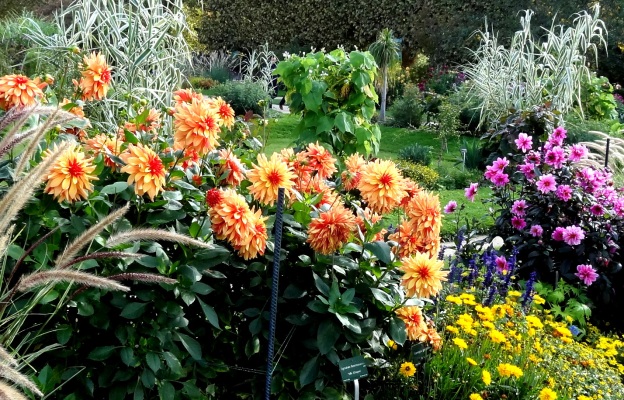
Not many curves in this botanical garden, just runways of the latest floral fashions.
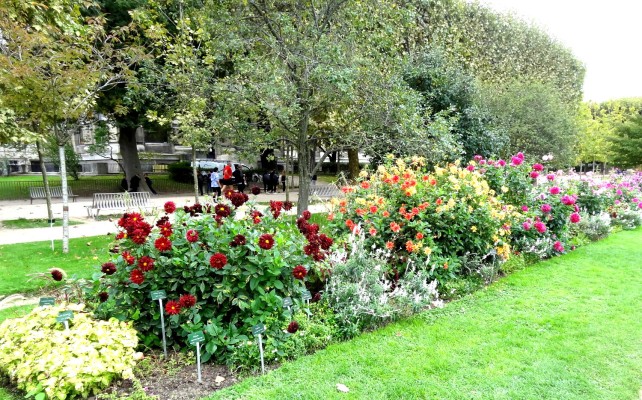
The sculpture Cub Hunter depicts an enraged mother bear attacking a hunter who has killed one of her cubs. Although the hunter’s knife has found its target, the she-bear is poised to clamp down on his jugular.
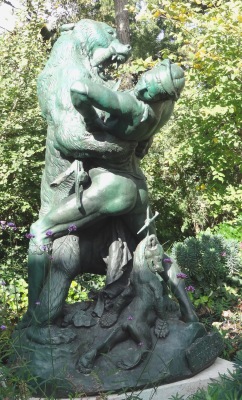
Outside the zoo, which occupies almost half of the botanical gardens, I observed a raven engaged in earnest conversation with two snowy owls, plotting the great escape.
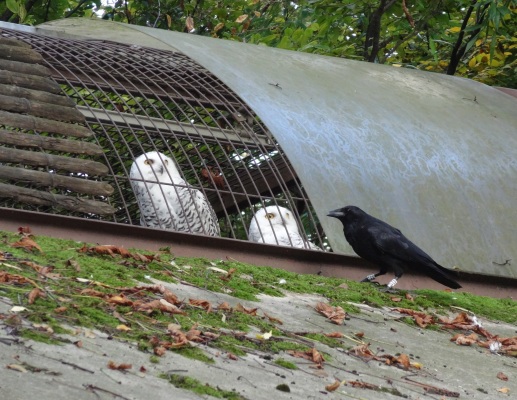
The Jardin des Plantes is more than just charming new dahlia varieties.
The Gallery of Evolution

(More on the architecture of the Gallery of Evolution in my upcoming post on Art Nouveau.)
The Gallery displays specimens from its impressive insect collection. Below, the harmless “peanut head bug” evolved eyespots to mimic a creature more ferocious than the benign lunch that it really is. Its monstrous head provides a similar defense. Neither failed to deter the collector.
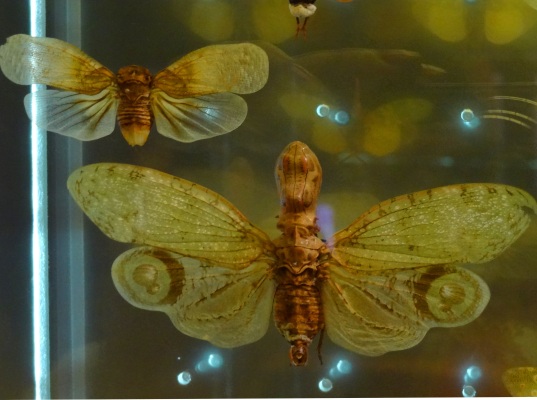
Below: The green-and-black Malaysian butterfly evolved jagged patterns on its wings to resemble a certain green-and-black Malaysian bird in flight — the butterfly’s insurance against predators seeking insects. Both bird and butterfly are protected because their jagged patterns resemble thorns. Evolutionary mimicry can be complicated . . .

Some pretty grasshoppers:
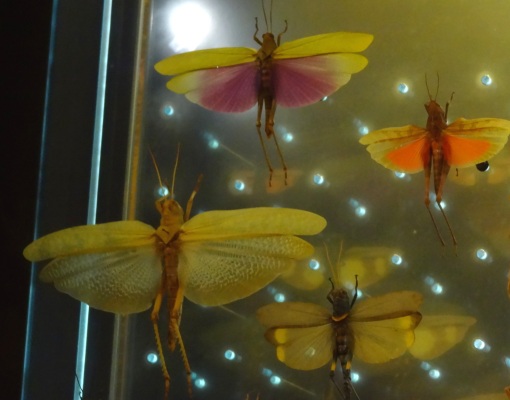
The Fake Ruins of Parc Monceau
About twenty years before the French Revolution, the green space that’s now Parc Monceau was purchased by Louis Philippe II, Duc d’Orléans.
Louis-Philippe was an aristocrat who embraced some of the ideals of the Enlightenment. On his purchased land, he created in 1778 a public park based on the English model of the “folly”: gardens decorated with structures that imitated architectural “curiosities” from other lands or times. Intended to be amusing and thought provoking, the objects in the duke’s park are sometimes fantastical, sometimes miniature, and often built intentionally as ruins.

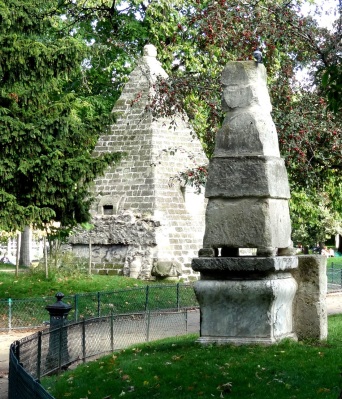
A Classical colonnade built around a reflecting pond. The scaffolding suggests that this imitation ruin has itself fallen into ruin.
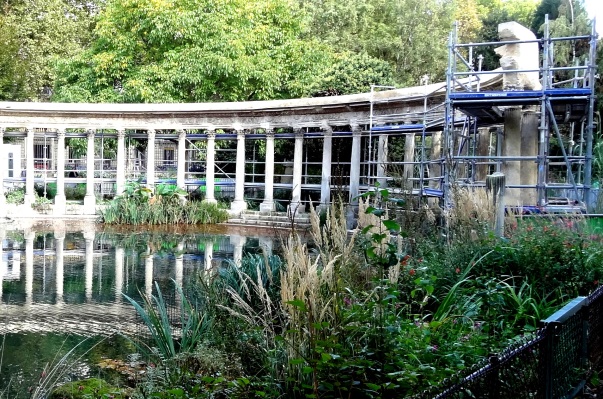
About ten years after the park was finished, and on the eve of the French Revolution, a new wall was constructed around the city — not for defense purposes, but for the collection of customs taxes by an elite and very wealthy group of “tax farmers.” The park lay just inside the unpopular wall, and a neoclassical rotunda housing customs offices was built along its northern boundary. The upper level was presented to Louis-Philippe as an observation deck, so that he could enjoy an elevated view of his park.
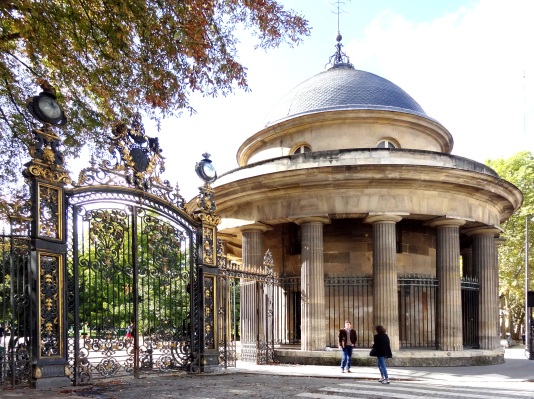
During the French Revolution, the duke adopted the liberal ideals of liberté, égalité, fraternité. He fed the poor, renounced his nobility, and joined the Revolutionary Jacobins. He changed his name to Philippe Égalité and opened the doors of his inherited Palais Royal to the public, renaming it “Palais Égalité.” He even voted in favour of executing his cousin, King Louis-Philippe XVI.
But becoming a model citoyen of the new republic couldn’t save him from the infighting and suspicions of Revolutionary factions. Citoyen Égalité was guillotined in 1793.
Next: Jardin du Luxembourg
Camille Martin
